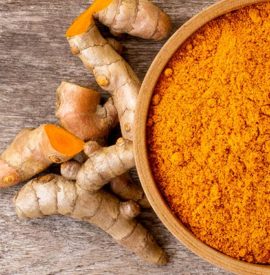Redness, burning, pain and swelling are typical signs of inflammation. Despite the well-known side effects, many people still reach for non-steroidal anti-inflammatory drugs or NSAIDs to treat their pain symptoms.
Using herbal remedies to treat symptoms of pain and inflammation goes back to ancient times, and there is a growing interest in today’s society to seek out natural alternatives. Try one of these plant-based options for safe and effective pain relief.
White Willow Bark
The use of willow bark to treat pain and inflammation goes back to the time of Hippocrates, when people were advised to chew on the bark to relieve their symptoms. While willow bark contains salicin, a compound similar to aspirin that is responsible for its anti-inflammatory abilities.
Studies suggest that willow bark may be useful for treating headaches, back pain, osteoarthritis, and PMS. A typical adult dose of white willow bark is 240 milligrams per day. Because white willow bark contains salicin, people who are allergic to aspirin should not use it.
Green Tea
Green tea has loads of antioxidants and has been recognized for its cardiovascular and cancer-preventing benefits. More recently, the plant-based compounds in green tea known as catechins have been studied for their ability to reduce inflammation as well.
According to a review article published in the journal Life Sciences, the predominant catechin in green tea, epigallocatechin-3-gallate (EGCG), may be helpful in reducing joint inflammation and could reduce progression of disease in patients with rheumatoid arthritis and osteoarthritis.
If drinking in tea form, the usual recommendation is 3 – 4 cups daily. Green tea does contain caffeine, but decaffeinated varieties are available for those who wish to avoid it. A typical dose of green tea extract in capsule form is between 300–400 milligrams.
Capsaicin
Capsaicin is the main compound in hot chili peppers that is used to relieve pain. According to the University of Maryland Medical Center’s Complementary and Alternative Medicine guide, capsaicin (also known as cayenne) is the only topical preparation that does more than just mask pain symptoms for temporary relief.
Capsaicin has the unique ability to reduce the amount of substance P in the body, a chemical that carries pain messages to the brain.
Capsaicin has proven helpful in treating pain resulting from arthritis, joint or muscle pain, post-surgical pain, low back pain and other chronic pain conditions.
A small amount of capsaicin-based creams and ointments can be applied up to four times per day. Speak to your doctor or other health care professional for dosing instructions that are right for you and your medical condition.











Comments